EU awards big aid for Danish scaled green hydrogen push
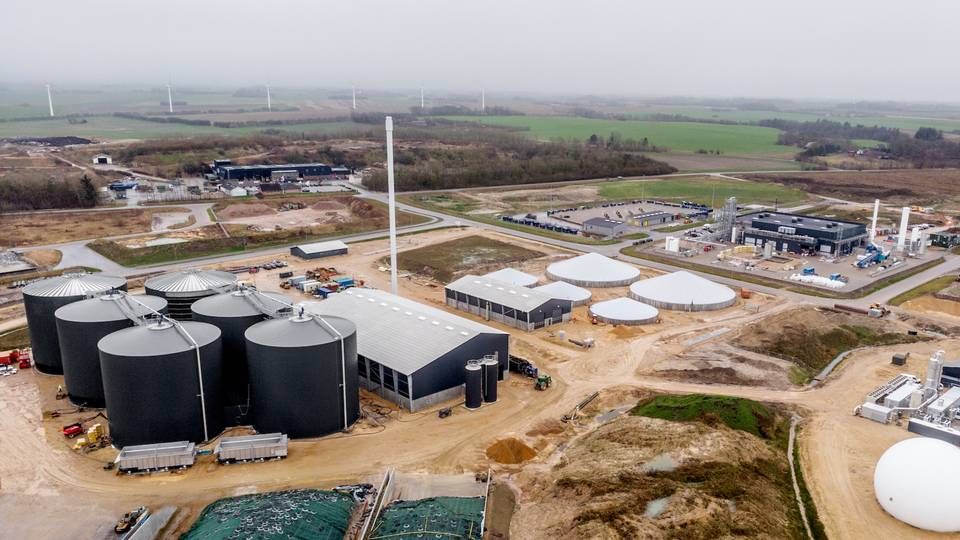
The Danish government frequently refers to hydrogen as a potential green commercial boom, naming the elemental gas the key for opening the door to a fossil-free society. Meanwhile, the EU has with great zeal launched its European Green Deal to manifest 6GW of H2 production by 2025 and then achieve as much as 40GW five years later.
Such words stand in stark contrast to the segment's state of affairs in 2021, with only a few hundred megawatts installed and systems shipped today boasting of only a few megawatts that only occasionally climb into the double digits.
Electrolysis hardware is supplied by companies like Denmark's Green Hydrogen Systems (GHS), Norwegian Nel and ITM Power – businesses better described as pioneers rather than giants, looking a lot more like startups than established operations when contrasted to the world's fossil energy behemoths.
Now a bridge will be built between all the shiny ambitions and current realities at Greenlab Skive, which the EU has decided to award EUR 30m in support of developing electrolysis tech.
Green Hyscale, as the project is called, will first achieve 6MW to then later be scaled up to 100MW by 2024.
"This is the next generation of hydrogen's evolution. Today, global installed capacity totals roughly 200-300MW, and we're now establishing 100MW here in Skive. This is huge. It's important to remember that we're not only speaking of visions but rather about an actual project to now be established in reality," says Greenlab Skive Chief Technology Officer Anders Bøje Larsen.
The facility will first feature a pressurized alkaline electrolysis system supplied by GHS, while French company Lhyfe will be responsible to control systems, and Everfuel managing operations upon completion. Equinor and Siemens Gamesa will also play roles as knowledge partners, while a domestic alliance of sector players dubbed Energy Cluster Denmark has facilitated the contract.
EnergyWatch first reported the project as underway back in May. Now the EU aid is officially awarded, and the project is getting started, which, needless to say, pleased the chief executive of Energy Cluster Denmark, Glenda Napier.
"This project getting started is great news for Europe's green transformation. For us to fulfill Europe's ambitious carbon reduction goals, we need projects like Green Hyscale, and we need to gather forces from throughout the continent," she says in a statement.
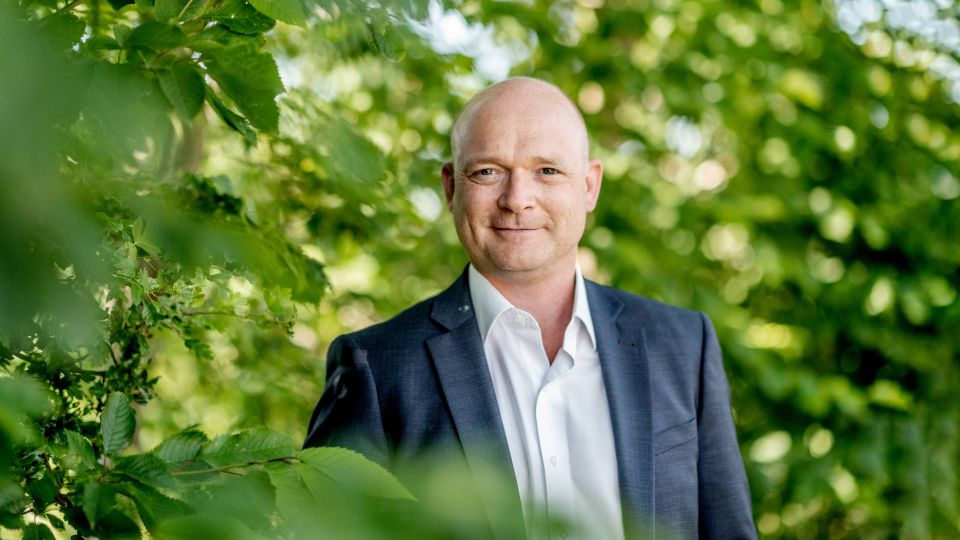
Answer to the dilemma
That the consortium behind Green Hyscale almost cannot exaggerate the project's significance is because the development poses a solution to what can be called the dilemma of green hydrogen: The price of electrolysis must be made competitive with fossil energy, but that can only manifest if experience is formed by building and developing new systems, which in turn requires demand that will only arrive after H2 is competitive with fossil fuel.
To loosen such a dilemma, policymakers usually have two handles to pull: CO2 quotas/taxes or subsidies. Green Hyscale marks the first instance of the EU endowing Denmark with millions of euros in aid for hydrogen production.
"This is exciting both for us as well as all future hydrogen projects. This is the step toward gigawatt-scale projects," Larsen says.
The first phase, starting now, will see the establishment of a 6MW system, while the second phase will scale things up to 100MW by 2024 – also with Green Hyscale trying to upgrade the 6MW system to 7.5MW with a view to explore and solve potential challenges entailed by setting up hydrogen production at sea via, for example, energy islands and, by extension, at offshore wind farms.
GHS holds the banner
The EU's aid to Green Hyscale is a part of the Horizon 2020 program, in which the EUR 30m comprise half the pool reserved for manifesting large-scale H2 undertakings.
Whilst the system in Skive is, as mentioned, a pressurized electrolysis setup, the second half of the support money will be spent on a Polymer Electrolyte Membrane (PEM) electrolysis system of 100MW that a consortium including ITM Power and Royal Dutch Shell will install in the UK for the second phase of the Refhyne project.
Using EU funding, the two competing technologies will be installed in both Denmark and the UK. GHS CEO Sebastian Koks Andreassen looks forward to carrying the banner of the former variety.
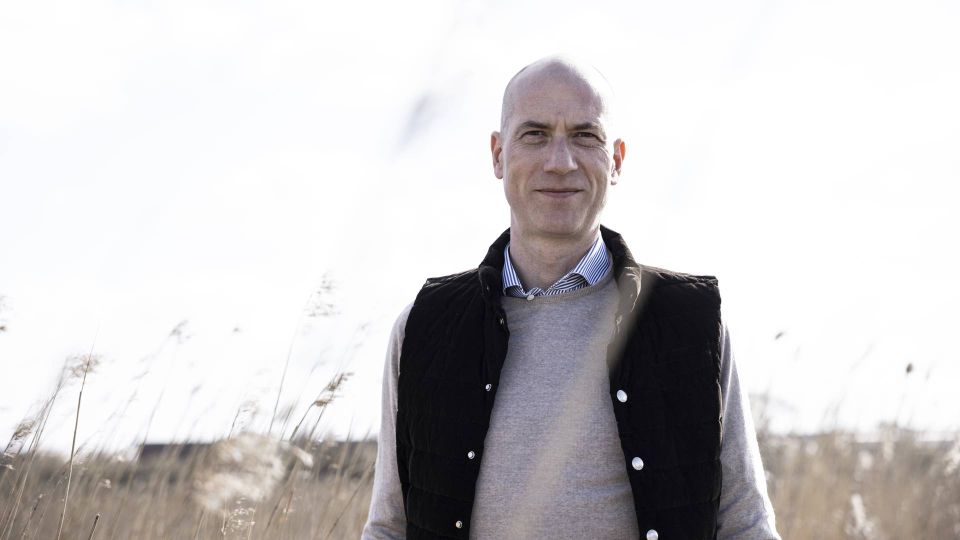
"This support is a recognition of our technology, which we are proud to champion. We have decided against PEM because its use would be dependent on precious metals with market exposure concerning scarcity," the CEO says.
Shortly after its public listing earlier this year, GHS has been obliged to downgrades its financial guidance on account of delayed deliveries, and in this regard has been in sore need of some fortunate news.
"We're in the process of scaling up our production, and we are now making the A series, but this project is based on the future X series, so it has great significance for us on multiple levels. A 100MW order in itself has quite a lot of meaning for us in a purely commercial sense, but it also gives a favorable position regarding our potential big deliveries in the future," Andreassen notes.
Looking for big investors
Despite the tidy sum of euros granted by the EU, when it comes down to support needed for a single project, this subsidy is only enough to get the project started, the consortium says.
"Now the project is officially underway, and we're beginning the first exercises and analyses prior to establishing the test module of 6MW, which will serve as the basis for development activities. At the same time, we are trying to find to relevant investors and hydrogen offtakers in preparation of setting up the 100MW via an investment worth around DKK 1bn (EUR 134m)," Larsen says and discloses that nothing is yet settled as to which sector will receive the H2.
What is certain is that hydrogen's next quantum leap will be taken in Denmark, again serving as a forerunner for maturing green technology.
"Such large support from the EU sends a clear signal that this needs to happen fast, and scaling must occur concurrently with the declining cost of hydrogen. Greenlab Skive is a world leader for the green and sustainable technologies of the future, and this project will go down in the history of Denmark as a forerunner nation. We saw it happen with onshore and offshore wind. Now it's also taking place within green hydrogen," Andreassen says.
Ørsted, Everfuel target big subsidies for green projects
Danish parliament allocates funds to European H2 projects
Green Hydrogen Systems to build hydrogen cathedral with IPO cash
Danish energy hub, technical university launch new research platform
Related articles
Ørsted, Everfuel target big subsidies for green projects
For subscribers
Danish parliament allocates funds to European H2 projects
For subscribers

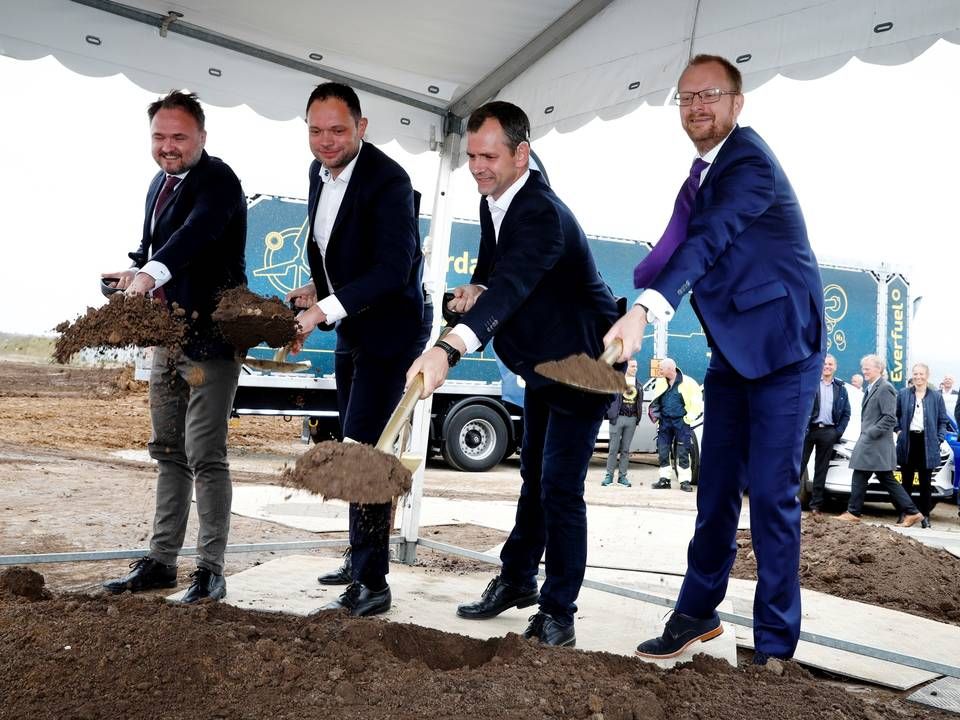
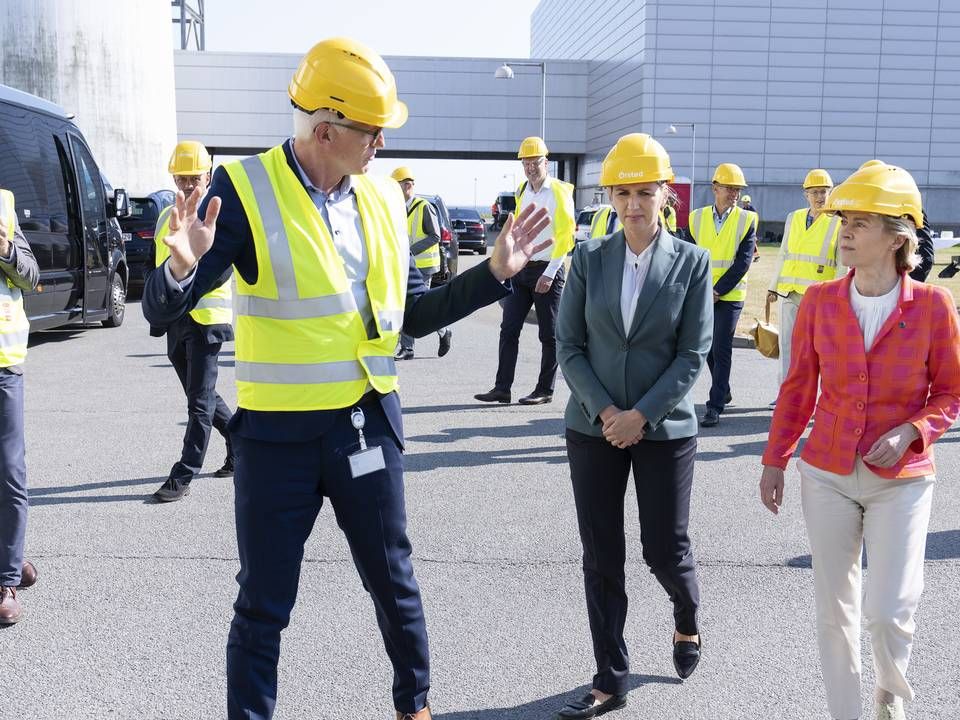
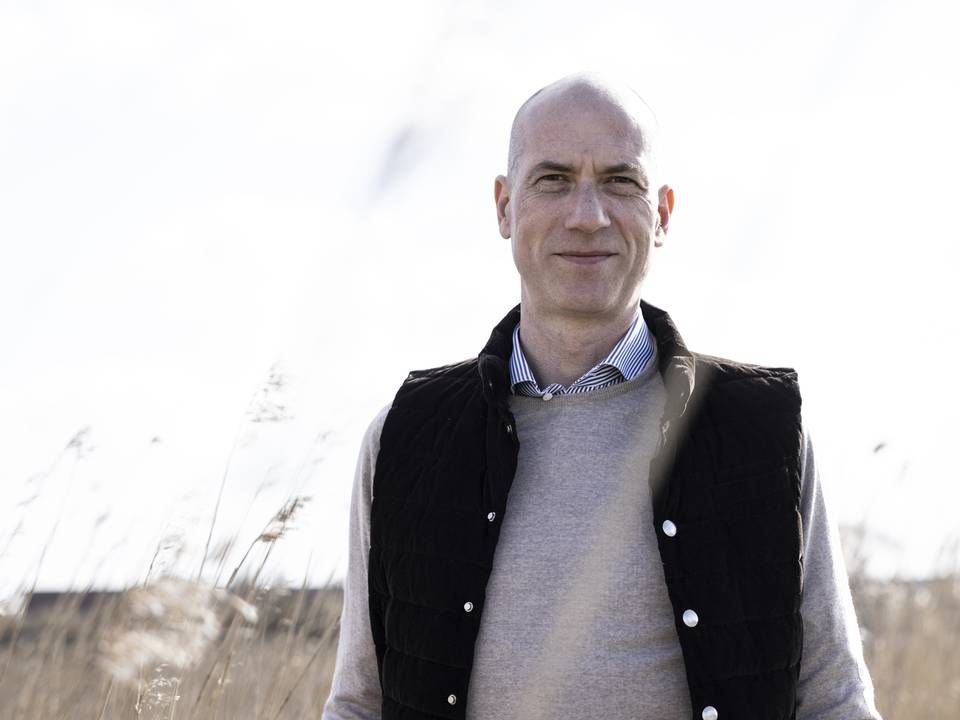














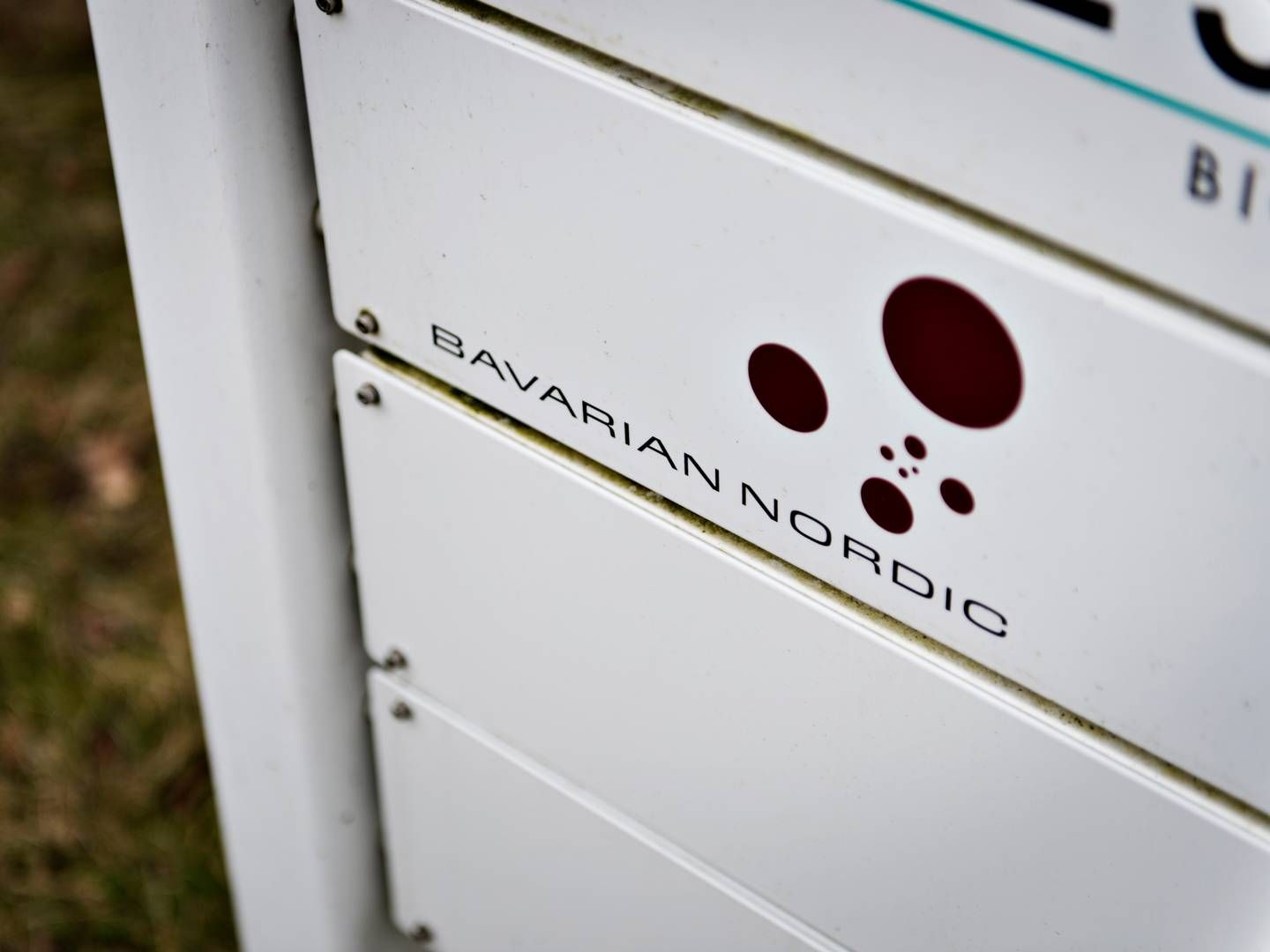



.jpg&w=384&q=75)


